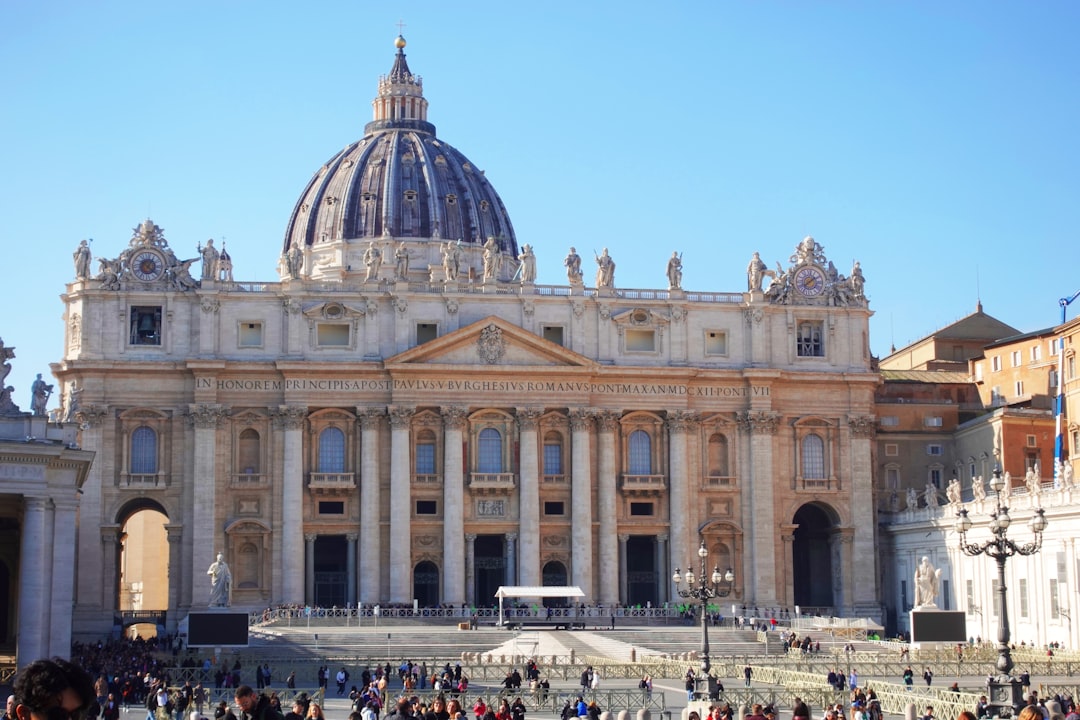No products in the cart.
Revival of Pilgrimage Tourism: Vatican’s Holy Door Impact
The Vatican's Holy Door Jubilee has reignited Indonesian pilgrimages, providing a much-needed boost to European tourism. Explore the broader implications for travel and faith.
Rome, Italy — The Vatican’s Holy Door Jubilee is not only a religious event but also a catalyst for tourism revival, especially among Indonesian pilgrims. As the world grapples with economic challenges, this resurgence could significantly impact European tourism.
The Holy Door is traditionally opened only during jubilee years, a rare event that attracts millions of pilgrims and tourists. This year’s jubilee, which commenced in October 2025, marks a significant moment for the Catholic Church and for tourism in Europe, particularly in Italy. With the global economy facing headwinds, the influx of pilgrims from Indonesia and beyond is a beacon of hope for the tourism sector.

In Indonesia, where Catholicism is a minority faith, the pilgrimage to the Vatican represents a profound spiritual journey. The Indonesian government has actively promoted these pilgrimages, emphasizing their cultural and religious significance. According to the Indonesian Ministry of Tourism, bookings for pilgrimage tours to Italy have surged by 30% since the announcement of the jubilee year, highlighting a renewed interest in religious tourism.
European countries, particularly Italy, are looking to capitalize on this revival. The Italian National Tourist Board reported a 15% increase in bookings from Asian countries, driven largely by Indonesian travelers. Hotels around Vatican City are preparing for an influx of visitors, with many offering special packages tailored for pilgrims. This trend is not only beneficial for local businesses but also restores the vibrancy of cultural heritage tourism.
This trend is not only beneficial for local businesses but also restores the vibrancy of cultural heritage tourism.
However, the impact of this pilgrimage revival extends beyond just economics. It symbolizes a reconnection with faith and tradition during a time when many feel disconnected. For many Indonesians, the pilgrimage is not just about visiting a historic site; it’s about spiritual renewal and community bonding. This sense of purpose resonates deeply with travelers, making the experience more meaningful.
Despite the positive outlook, challenges remain. The ongoing economic slowdown in Europe has raised concerns about the sustainability of this tourism boom. Inflation rates in the Eurozone have hit a 20-year high, with consumer prices rising by an average of 4% year-on-year. As costs increase, some potential travelers may opt out of international trips, prioritizing local vacations instead.
Moreover, the COVID-19 pandemic has left a lasting impact on travel habits. While many are eager to return to pilgrimage tourism, others remain cautious. Safety protocols, health regulations, and the overall travel experience will play crucial roles in determining the success of this resurgence.
Travel agencies are responding by offering flexible booking options and enhanced health measures. Many are also focusing on promoting the cultural heritage aspects of the pilgrimage, encouraging travelers to engage with local customs and traditions. This approach not only enriches the travel experience but also supports local economies.
The revival of pilgrimage tourism also opens doors for new stakeholders. Local artisans and craftspeople can benefit from increased foot traffic in areas surrounding religious sites. Food vendors and cultural guides stand to gain as well, creating a more integrated tourism ecosystem that supports community development.
Safety protocols, health regulations, and the overall travel experience will play crucial roles in determining the success of this resurgence.
In conclusion, the Holy Door Jubilee is more than a religious observance; it is a pivotal moment for both Indonesian pilgrims and European tourism. As the world evolves, the intersection of faith, culture, and economics will continue to shape travel trends. The Vatican’s initiative may very well set a precedent for future events, highlighting the enduring power of pilgrimage and its ability to connect people across continents.
As we look to the future, the importance of cultural heritage tourism cannot be overstated. The lessons learned from this jubilee can inform strategies for sustainable tourism development, emphasizing the need to balance economic interests with cultural preservation. A renewed focus on community engagement and authentic experiences may pave the way for a resilient tourism sector, one that honors the past while looking forward to a vibrant future.











